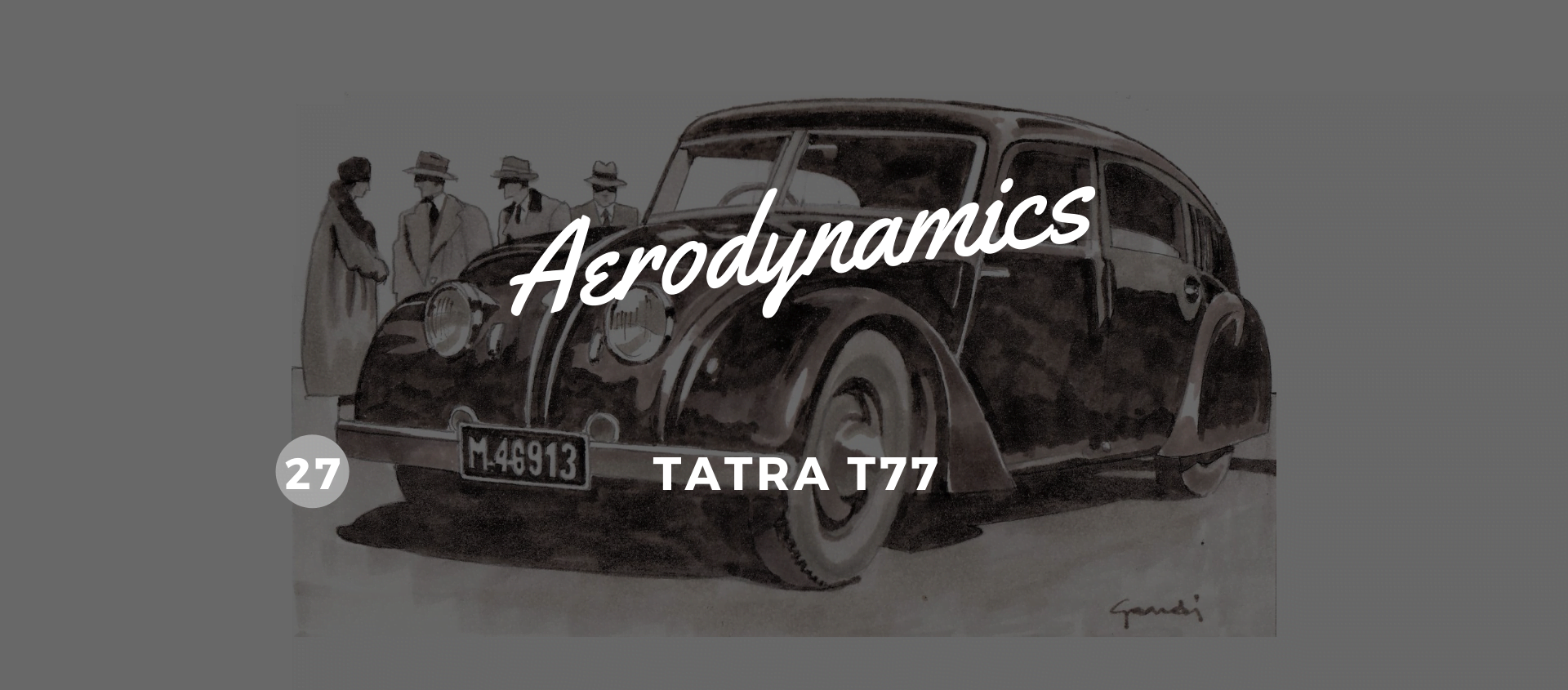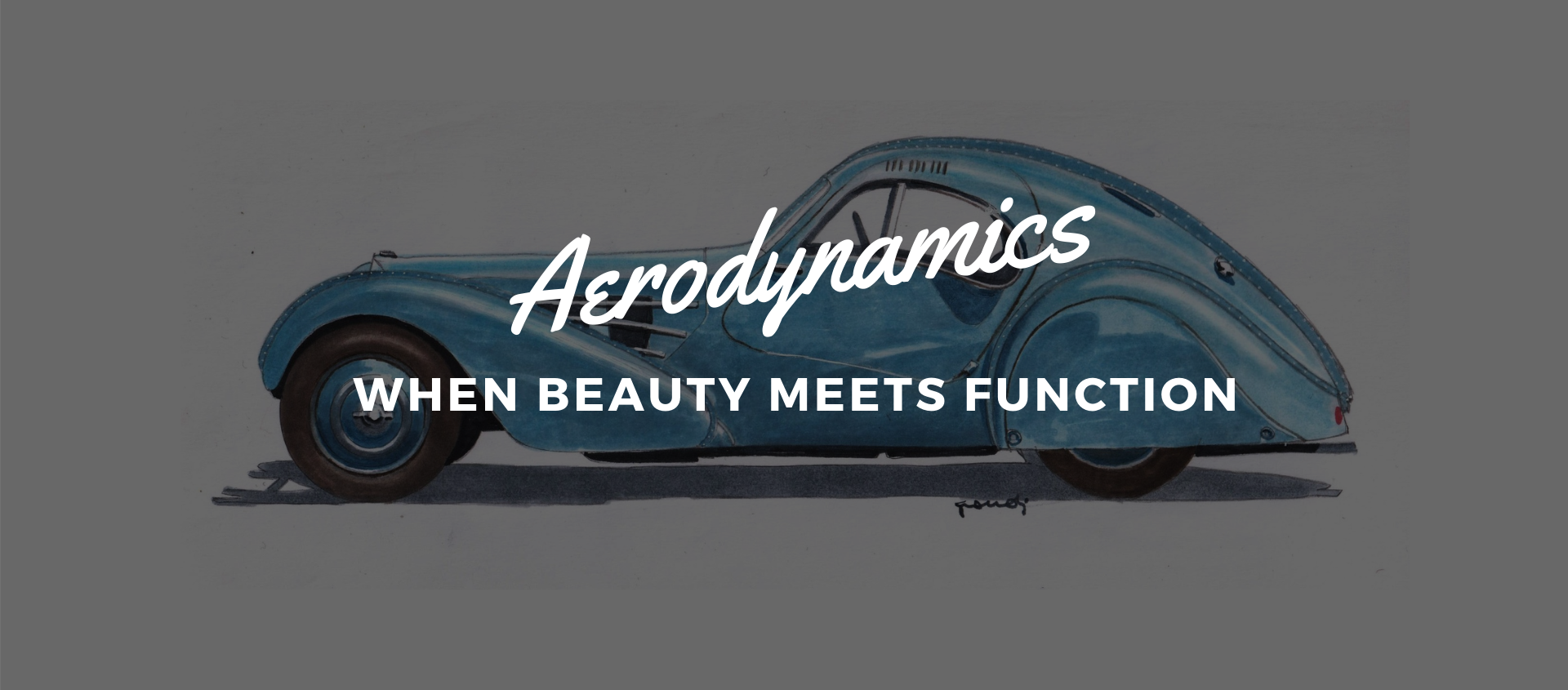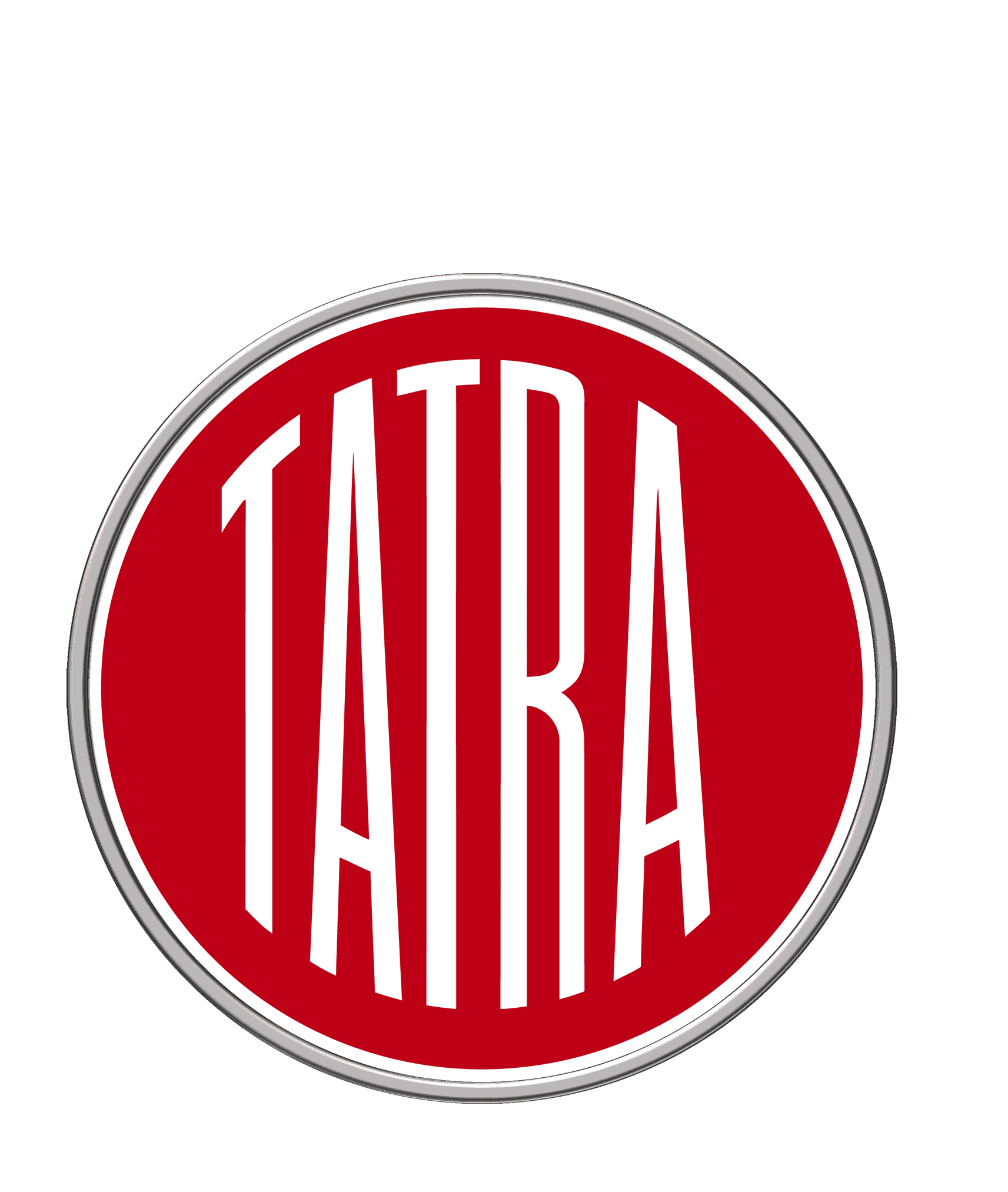The Nostalgia of Forgotten Gods: Tatra, Czech Republic, 1897
14 July 2024 5 min read 8 images

Photo credit: Gooding, RM Sotheby's, Wheelsage
Few car manufacturers have a history as rich and varied as Tatra, one full of real innovation, sophisticated technology, strongly characterized design, political complications related to the fate of Czechoslovakia from the late 1930s until the fall of Communism, and even a surprising case of the use of intellectual property rights, with none other than Ferdinand Porsche and the Volkswagen Group.
Register to unlock this article
Signing up is free and gives you access to hundreds of articles and additional benefits. See what’s included in your free membership. See what's included in your free membership.
Already have an account? Log In



